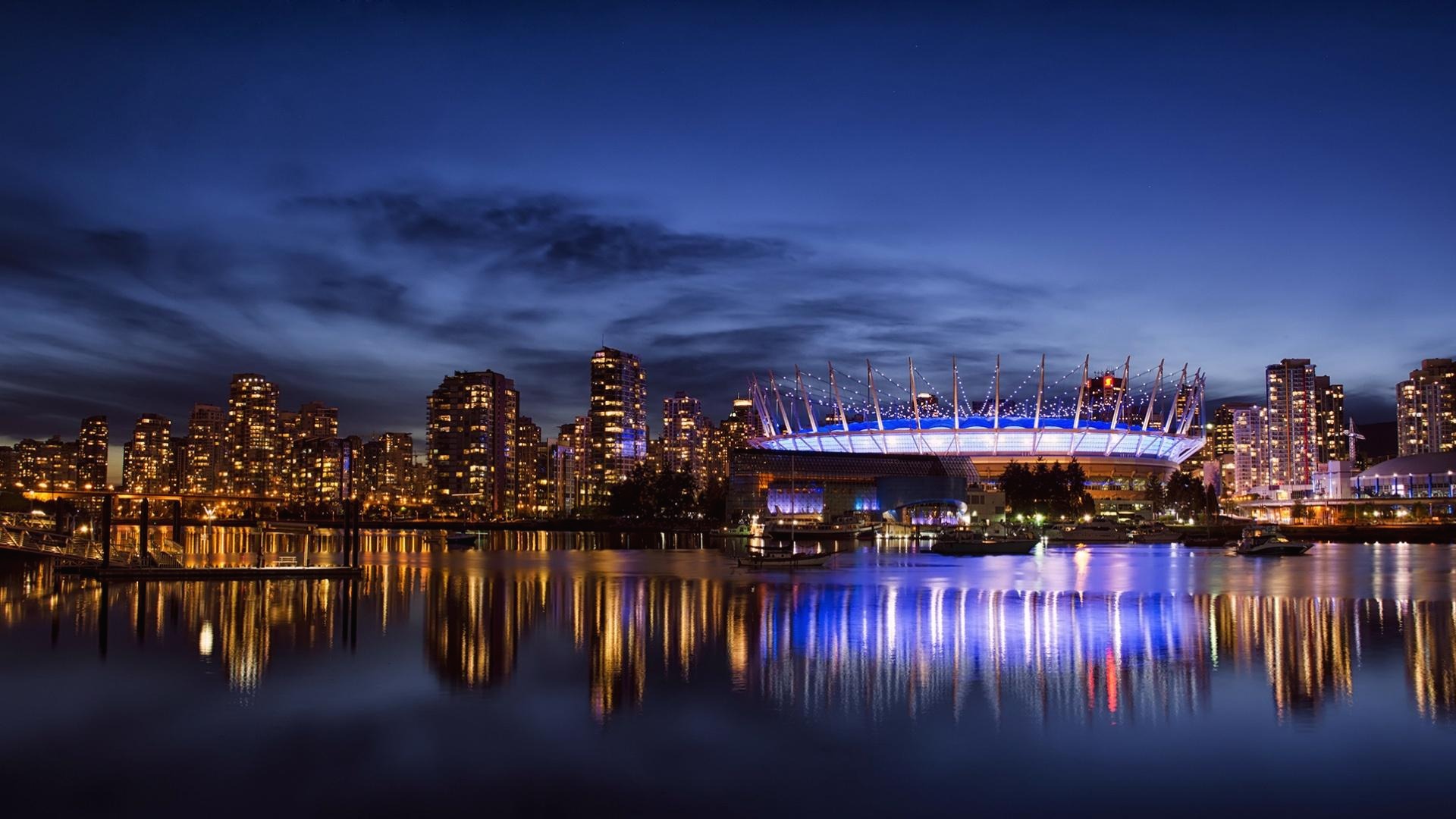Fostering A Sustainable Future, Sinopec Hosts Multilateral Event on Hydrogen Energy at COP29
BAKU, Azerbaijan-- China Petroleum & Chemical Corporation ("Sinopec", HKG: 0386) has successfully hosted a multilateral event themed Hydrogen Powering Climate Action: Towards A Clean Energy Future with Net-Zero Emissions on November 13rd at the China Pavilion of the 29th Conference of the Parties ("COP29").
Jointly organized by Sinopec, International Hydrogen Fuel Cell Association (IHFCA), and Foreign Environmental Cooperation Center of the Ministry of Ecology and Environment (FECO), the event marked a significant milestone as the first hydrogen-themed event co-hosted by a Chinese company at the COP conference.
Two reports were published at the event, the Progress Report on Implementation of the COP28 International Cooperation Initiative "Safe, Climate Beneficial and Sustainable Development of Hydrogen Energy" and IHFCA Green Hydrogen Economy Report, that presented the progress of China's hydrogen energy innovation and practices, unfolded the country's green and low-carbon development, and promoted safe, efficient, and sustainable development of hydrogen energy and international cooperation.
Sinopec, a pioneer in developing green hydrogen, geothermal, and CCUS technologies, accentuates advancing international technological exchanges and cooperation. Ma Yongsheng, chairman of Sinopec, delivered a compelling keynote speech at the event. He emphasized the importance of collective action in building a robust hydrogen industry ecosystem and transitioning towards a "hydrogen era" in the energy sector, while stressing the need for enhanced international cooperation, openness and innovation as well as trade facilitation across the hydrogen industry value chain.
"Sinopec is dedicated to working with all stakeholders and global partners to achieve carbon peaking and carbon neutrality goals as we address the pressing climate challenges. Together, we are committed to forging a green, peaceful and sustainable future for our planet," said Ma Yongsheng.
Sinopec is gradually establishing a comprehensive industry chain of hydrogen production, storage, transportation, utilization and research, further boosting green hydrogen production capacity and exploring emission reduction solutions in refining and chemical industries. It has put into operation China's first 20,000-ton photovoltaic green hydrogen demonstration project and is now planning the 100,000-ton/year wind and green hydrogen integration project.
As the world's largest single enterprise operating hydrogen refueling stations, Sinopec has built 11 hydrogen fuel cell supply centers and 138 hydrogen refueling stations. In 2023, the stations accounted for about 40 percent of China's hydrogen refueling volume.
Source: SINOPEC


